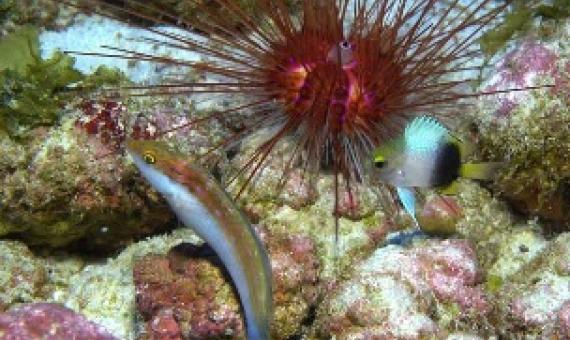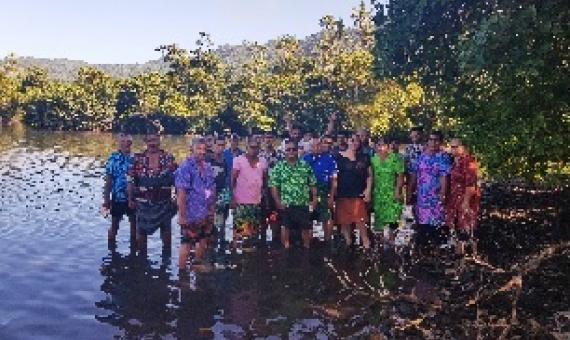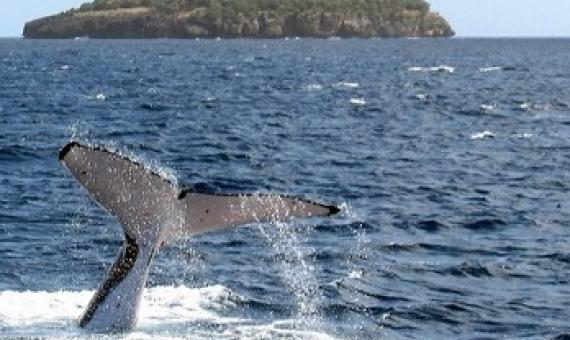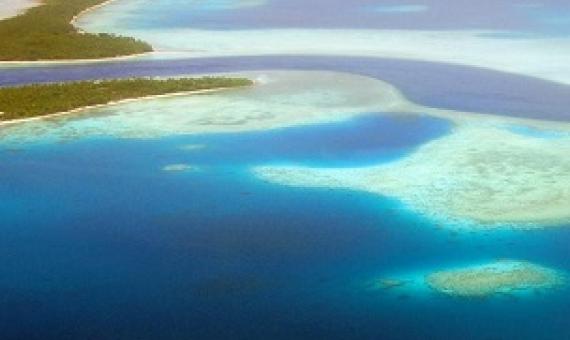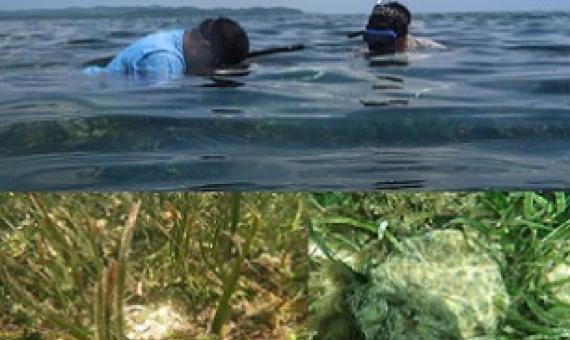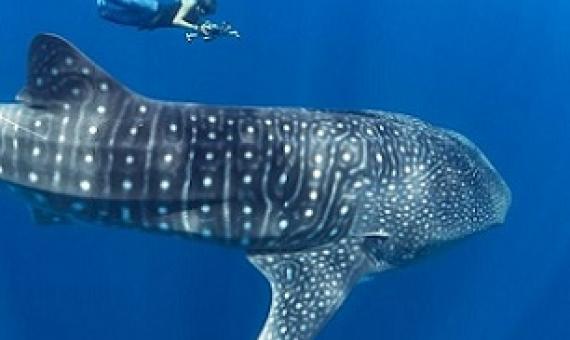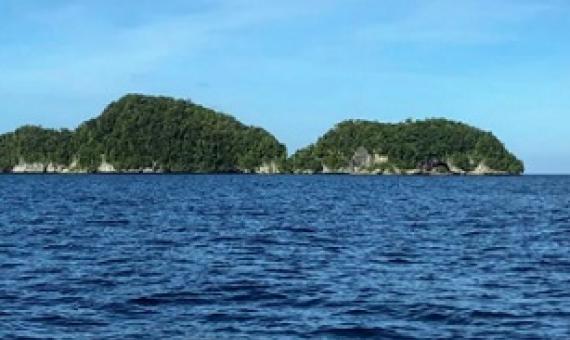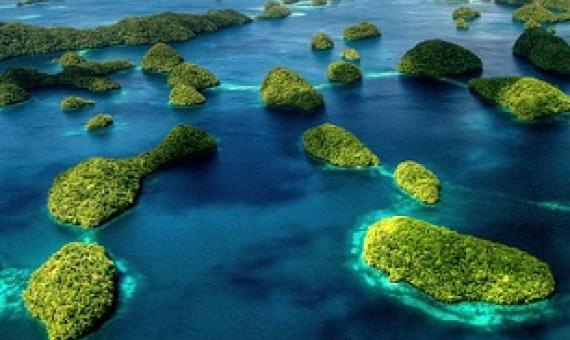NOAA has published a peer-reviewed State of the Monument report that was jointly produced by the co-trustees of Papahānaumokuākea Marine National Monument.
Village leaders from Faleaseela, Lefaga, Siufaga and Falelatai have united to share their experiences and knowledge on ecosystem-based solutions to combat climate change.
The ‘Tonga State of Environment Report 2018’ highlights that collaborations between the Ministry of Fisheries and coastal communities in the implementation of Special Management Areas have contributed to the protection of marine species, and helped ensure that local communities maintain their abi
The UN report card states that, as of August 2020, 7.5% of the world’s marine area was in MPAs — including 17.2% of marine areas within national jurisdiction, and 1.2% of marine areas beyond national jurisdiction.
A sustainable ocean economy in 2030: Opportunities and challenges
In this report the World Ocean Initiative assesses the challenges facing key sectors in the ocean economy, including seafood, shipping, tourism and renewable energy. We look at the role of banks and investors in financing the transition towards clean, low carbon technologies, as well as opportunities in data and analytics. We examine solutions to marine plastic pollution from source to sea, and the ocean’s potential to remove carbon from the atmosphere and increase resilience to the impacts of climate change.
Palau International Coral Reef Center (PICRC) research team has completed a report titled, “2019 Assessment of Ngermedellim Marine Sanctuary: Results indicate intervention is needed to boost reef recovery”, on the conservation area in Melekeok state.
The Green Party wants at least 30 percent of New Zealand's oceans to be protected by 2030. It also wants a 10 year moratorium on all forms of seabed mining. It's released its "Thriving Oceans Plan" at a campaign event at Bastion Point in Auckland today.
For the first time in history, a group of scientists documented the complete journey of a whale shark from Galapagos Island in Ecuador to Cocos Island in Costa Rica, highlighting the need for cutting-edge solutions to protect highly migratory species in the Eastern Tropical Pacific.
In an effort to determine what organisms live in the Palau National Marine Sanctuary (PNMS), the Palau International Coral Reef Center (PICRC) will be using new technology called Environmental DNA (eDNA), according to the PNMS update published the beginning of this month. The approach, which
The Fisheries Protection Trust Fund, which is expected to help finance management of the Palau National Marine Sanctuary (PNMS), has risen close to $3 million, according to the PNMS update published by the Palau International Coral Reef Center (PICRC) last week. The goal of the fund is to re

